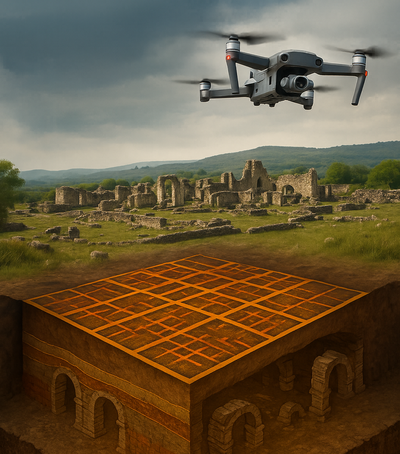
Humanoids are moving from the lab to real-world applications: on assembly lines, fulfillment centers, and logistics. In warehouses, Agility Robotics’ Digit is being tested to move bins/totes and transfer items in areas where wheeled robots can’t easily maneuver; Amazon began testing in late 2023 and expanded it throughout 2024. The goal is to eliminate monotonous, repetitive tasks while humans take on higher-value tasks. Agility also built a “RoboFab” factory in Oregon with capacity to scale to thousands of units per year once demand justifies production.
In production, BMW tested the Figure 02 for several weeks at the Spartanburg (USA) plant: the robot placed sheet metal elements with precision in jigs, an ergonomically tiring job for a human. The pilot was considered successful as a proof of concept, although BMW said it does not yet have a timetable for mass deployment at that plant. Figure itself published the robot's specifications: about 170 cm, 70 kg, with a payload of up to 20 kg.
Mercedes-Benz is piloting Apptronik’s Apollo for tedious, repetitive assembly tasks; Apptronik has also signed an industrial trial with Jabil for logistics/manufacturing. In the retail sector, Sanctuary AI tested “Phoenix” in a Mark’s (Canada) store, where the robot completed 110 real-world tasks such as shelf stocking, packaging, and labeling—a sign that general handling is moving closer to routine tasks.
How much do they cost?
Prices are still volatile and often subscription-based (Robots-as-a-Service), not purchase. Agility offers Digit on a subscription model, where the company claims a return on investment of under two years in scenarios with human costs of around $30/hour; exact pricing figures are not published. Apptronik says the mid-term target is under $50,000 for Apollo (not yet reached as a list), while the Unitree H1 for R&D has a reported price of around $90,000. For other brands (Figure, Sanctuary) commercial prices are not made public; pilots and service contracts are currently being seen.
How do they work alongside people?
Humanoids are placed in clear workflows: limited or shared areas where the robot moves, picks up and places objects at a controlled speed. Safety is based on the ISO 10218/ISO/TS 15066 collaborative standards: “power-and-force limiting” (limiting forces on contact) and Speed & Separation Monitoring (the robot slows down or stops when a human approaches according to the minimum safety distance). In practice, this is implemented with LIDAR/cameras, “geofencing” and programmed behavior to reduce power when a human enters the area—e.g. Digit slows down or “sits down” to a safe state when someone approaches.
What limitations do they have today?
Battery speeds and runtimes are still modest compared to fixed-base robots; manipulating small components and edge cases requires extensive training and supervision. To accelerate skill learning, the industry is moving to foundational robotics models (e.g., NVIDIA Isaac GR00T N1) and integrations with multimodal models for perception and reasoning. This promises more autonomy in the years to come, but most 2025 deployments will remain guided pilots, not mass replacement.
In the end, what does it mean for the people on the shift?
In the warehouse or line, humanoids take over lifting, carrying, and uncomfortable/non-ergonomic operations; humans are left with quality control, troubleshooting, and flow coordination. If you’re considering an evaluation for your company, start with an 8–12-month pilot on a single, measured task (e.g., tote transfer), with safety analysis according to ISO/TS 15066 and a RaaS agreement tied to the outcome (e.g., cycle time, error rate, uptime). This is the best way to see today where humanoids deliver real value.
Photo Credits (Moose Photos):
https://www.pexels.com/photo/topless-woman-wearing-black-headband-1036642/





